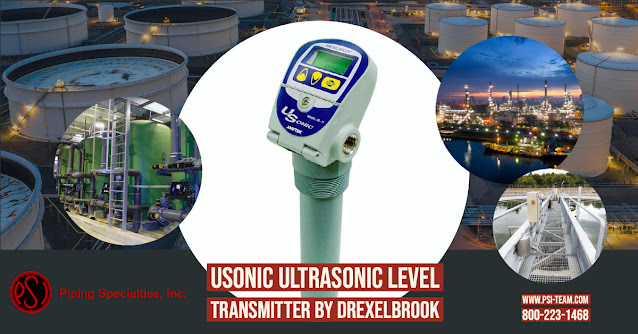Wastewater treatment plants ( WWTPs) or publicly owned treatment plants (POTWs) must operate 24/7 to satisfy domestic, industrial, and storm drain sources. Sewage treatment includes eliminating pollutants from wastewater and sewage (human waste, animal waste, soaps, and detergents) to create a safe fluid waste stream that can be reintroduced safely into the ecosystem and a solid waste appropriate for reuse (usually as fertilizer). The primary applications for flow meters in wastewater treatment settings measure blower air to each pool in the aeration basin and measure digester gas flow.
The aeration basin is an array of treatment pools containing aerobic bacteria that break down the pools' sewage. A blower adds the necessary dissolved oxygen (DO) to the aerobic bacteria in the aeration basin. Too little oxygen destroys the bacteria, and too much oxygen is expensive; running the aeration blower accounts for up to 60% of all wastewater power consumed.
Digester sewage is called "sludge." When bacteria is added to the digester, the sludge breaks down and releases gas. This digester gas is collected, compressed, it's excess moisture gets removed, and is then cleaned in a scrubber. The cleaned gas is sent to engines or fuel cells for power generation, boiler water heating (for steam or hot water), and excess gas burns off at the flare. Many extensive sewage treatment facilities use digester biogas to operate the plant, minimizing their grid power consumption.
Developing accurate flow rate data allows wastewater treatment facilities to more precisely manage digester production levels, enabling tighter controls on methane levels and flaring. Kurz Instruments provides a handy overview of where thermal flowmeters are applied and provide optimal performance.
DOWNLOAD THE TECHNICAL PAPER HERE
For more information about applying flowmeters to wastewater applications in New England contact Piping Specialties. Call them at 800-223-1468 or visit their site at http://psi-team.com.


